Computer vision (CV) is a part of artificial intelligence that enables computers to analyze and understand visual information, both images and videos. It goes beyond plain “seeing” an image, but teaches computers to make decisions based on what they see.
The AI-driven computer vision market is experiencing rapid growth, rising from $22 billion in 2023 to an expected $50 billion by 2030, with a 21.4% CAGR from 2024 to 2030.
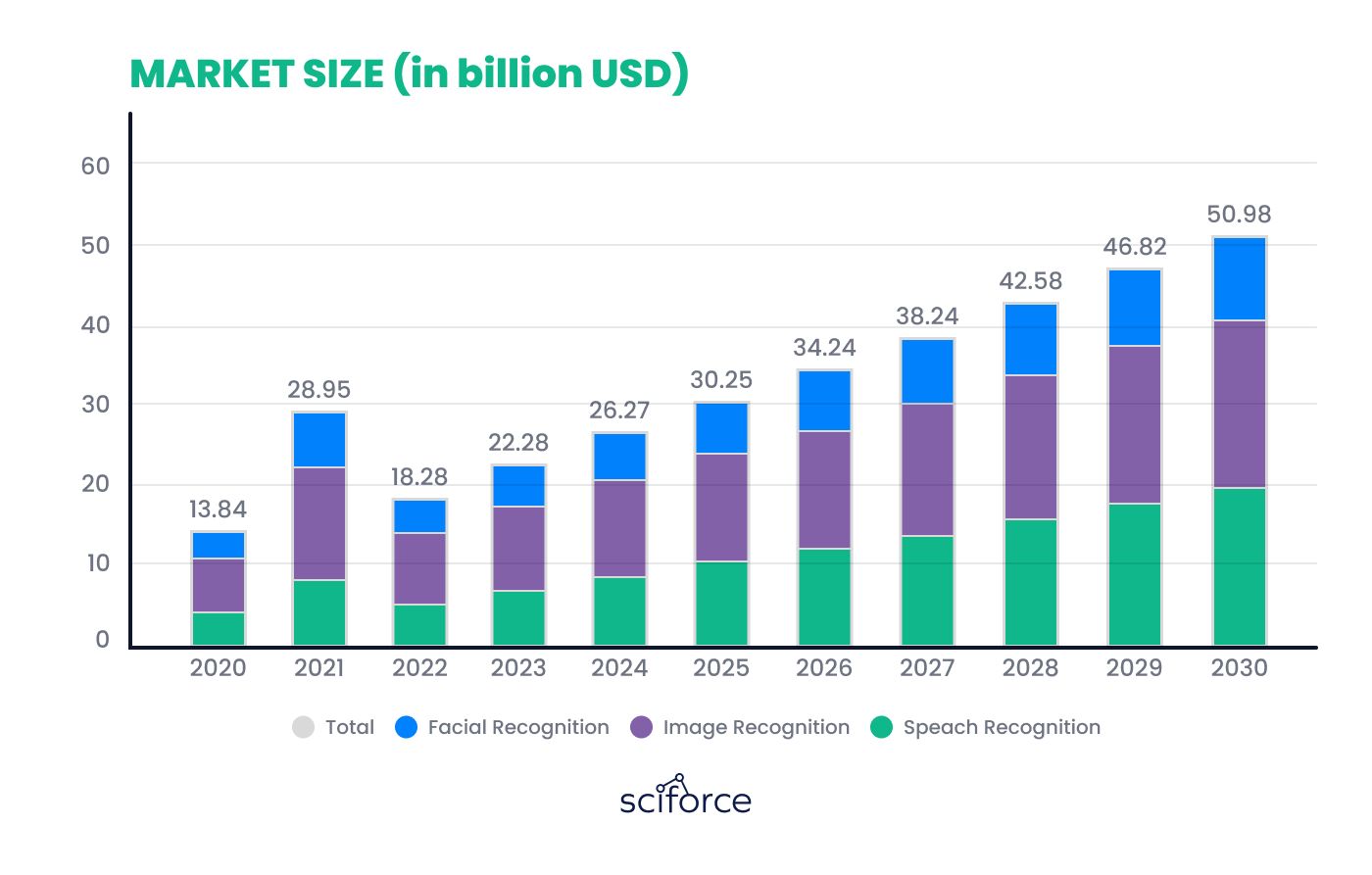
This technology imitates human vision but works faster using sophisticated algorithms, vast data, and cameras. Computer vision systems can quickly analyze thousands of items in huge areas, or detect tiny defects invisible to the human eye.
This ability has found its application in lots of areas – and that’s what we will talk about in today's article!
Computer vision empowers machines to interpret and make decisions based on visual information. It applies advanced methods to process and analyze images and videos, enabling computers to identify objects and respond accordingly. This section explains the key processes and techniques in computer vision, highlighting how it turns visual data into practical insights.
Capturing Visual Data
The first stage in teaching computers to see is the accurate capturing and preparing of visual data:
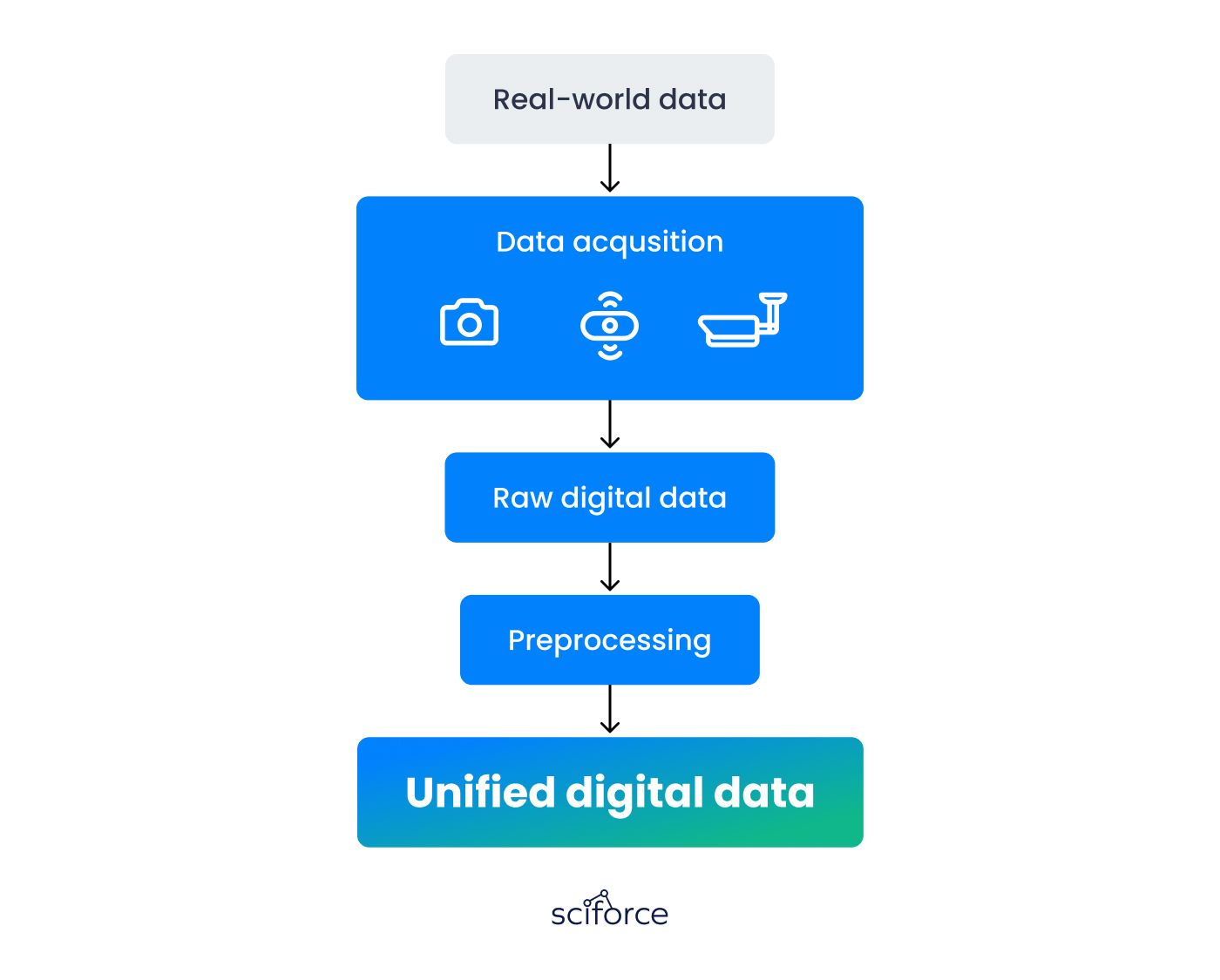
- Data Acquisition Visual data is captured by cameras and sensors that act as a link between the physical world and digital analysis systems. They collect a wide range of visual inputs, from images to videos, providing the raw material for training CV algorithms. By converting real-world visuals into digital formats, they enable computer vision to analyze and understand the environment.
- Preprocessing Preprocessing involves refining visual data for optimal analysis. This includes resizing images to consistent dimensions, standardizing brightness and contrast, and applying color correction for accurate color representation. These adjustments are crucial for ensuring data uniformity and improving image quality for further processing.
Image Processing and Analysis
The second stage involves identifying and isolating specific image characteristics, to recognize patterns or objects.
- Feature Extraction This step focuses on detecting distinct elements such as edges, textures, or shapes within an image. By analyzing these features, computer vision systems can recognize various parts of an image and correctly identify objects and areas of interest.
- Pattern Recognition The system uses the identified features to match them with existing templates, recognizing objects by their unique traits and learned patterns. This process enables the classification and labeling of various elements within images, helping the system to accurately interpret and understand the visual information.
Machine Learning
The third stage is Machine Learning which enhances the ability of systems to interpret and interact with visual data.
- Supervised Learning Training models use labeled data to recognize and categorize images by learning from examples. Models learn to predict the correct labels for images by understanding patterns in the data and applying them to unknown objects.
- Unsupervised Learning Allows computer vision models to sort and understand images without labels, by finding natural groupings or patterns in the data. This helps handle vast image sets without labels, detect anomalies and segment images. It enables models to spot unusual images or classify them by visual features, boosting their autonomous interpretation of visual data.
- Deep Learning and Neural Networks Creating multi-layered neural networks that learn complex patterns in large amounts of data, like image recognition, NLP, and predictive analytics with high accuracy. Convolutional Neural Networks (CNNs) take this a step further, specifically in the realm of image data.
They use layers with filters to automatically learn image features, from simple edges to complex shapes, by processing through many neuron layers. This method, inspired by human vision, excels in object identification, facial recognition, and scene labeling.
Advanced Techniques
The final stage in computer vision's development involves integrating advanced techniques that greatly expand its applications beyond basic image analysis.
- Object Detection and Segmentation Object Detection and Segmentation pinpoint and differentiate objects in images, outlining each item to analyze scenes in detail. Essential for tasks like medical diagnostics, autonomous driving, and surveillance, these methods assess object shape, size, and position, providing a comprehensive visual understanding.
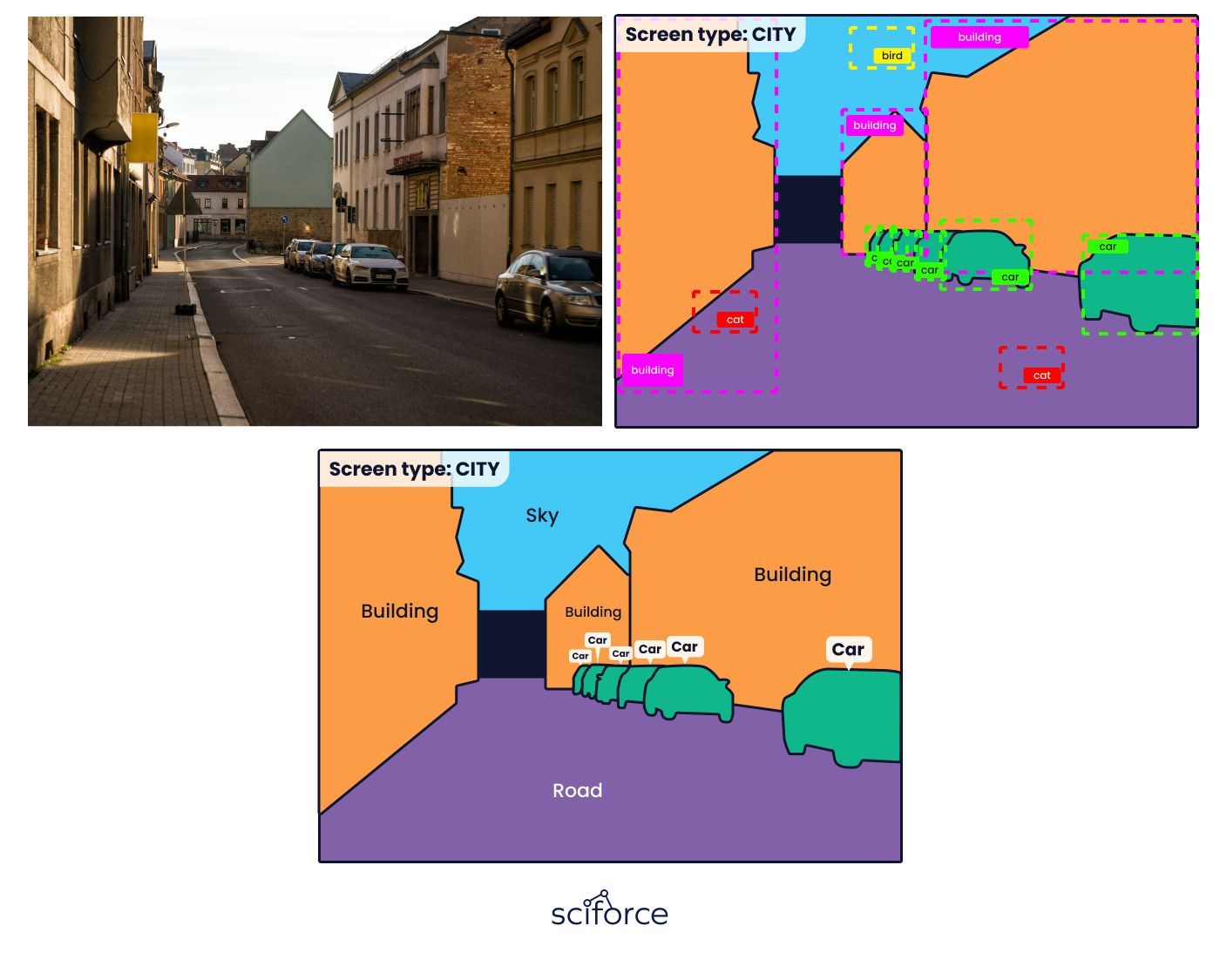
- Real-time Processing Real-time Processing is essential for immediate decision-making in applications like autonomous driving. It demands fast, optimized algorithms and computing power to analyze traffic and obstacles instantly, ensuring safe navigation and effectiveness in critical scenarios like security and robotics.
- Generative Models Generative Models, like GANs, enhance computer vision by crafting images nearly identical to real ones. By pairing a generator network with an evaluator, they refine outputs for applications such as video game development, AI training data, and virtual reality simulations.
Computer vision is evolving quickly, creating opportunities in different industries to improve how they work, their accuracy, and how people interact with them.
Retail Computer vision is significantly impacting the retail industry, projected to reach a market size of $33 billion by 2025, up from just $2.9 billion in 2018. Currently, 44% of retailers use computer vision to improve customer service, and it's expected to drive a 45% economic increase in the industry by 2030. The power of computer vision transforms various types of retail operations, from logistics to advertising.
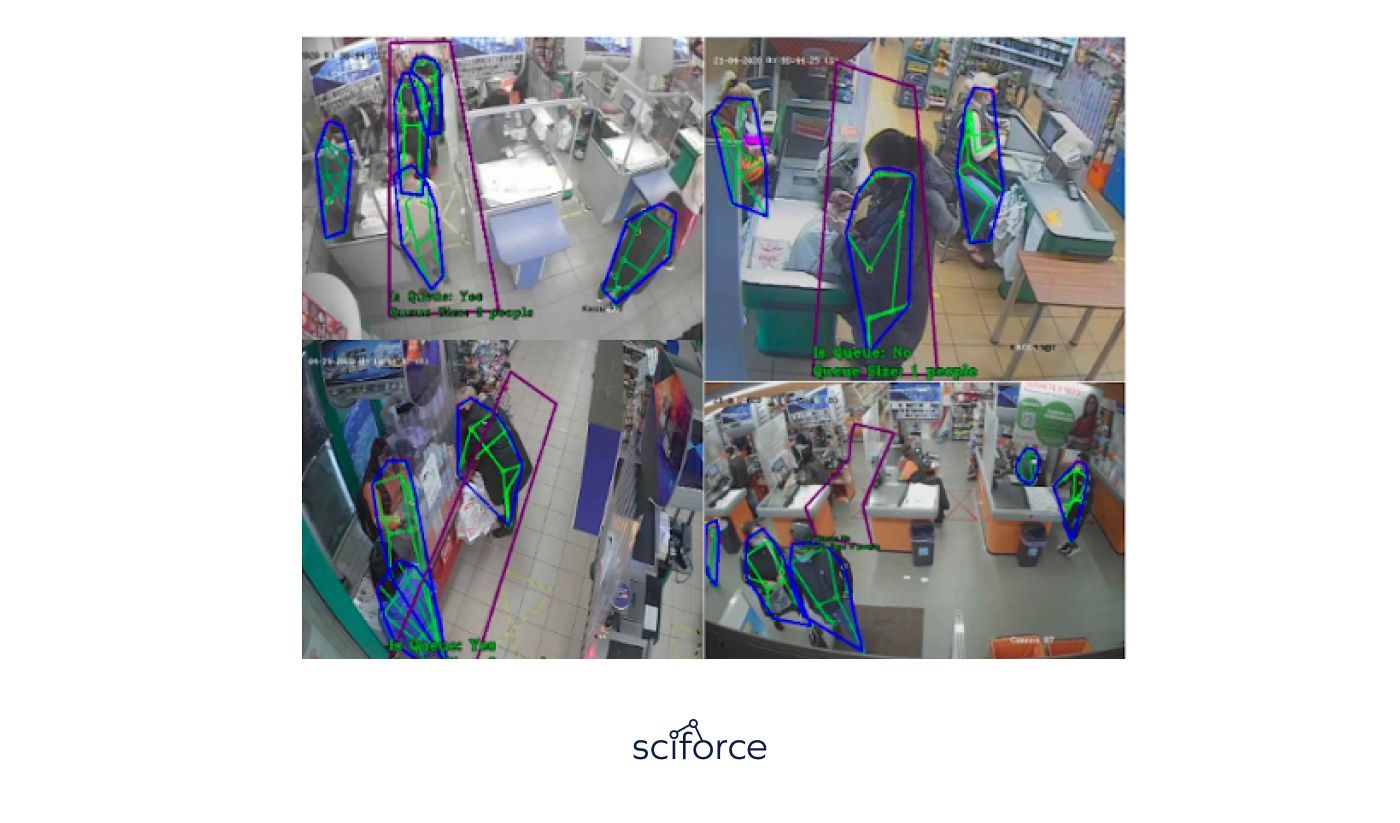
- Inventory Management Computer vision optimizes inventory management through real-time shelf analysis, identifying stock issues, and forecasting needs. This automates inventory tracking, preventing shortages, and maintaining organized shelves.
- Space & Queue Optimization Tracking customer movements, computer vision cameras track customer movements and highlight high-traffic areas. This helps retailers understand customer behavior for improving layout and space usage and streamlining queue processing
- Personalized Advertising Computer vision helps to analyze visual data of customer behavior and preferences: time spent in specific sections, products examined, purchase history, etc. This enables the development of personalized ads targeting customers with relevant promotions and products.
The market for computer vision in healthcare, starting at $986 million in 2022, is predicted to skyrocket to $31 billion by 2031, growing at a rate of 47% annually. Such rapid expansion highlights the growing role of computer vision in enhancing medical diagnostics, improving treatment accuracy, and elevating patient care standards.
- Automated Diagnostics & Analysis Computer vision boosts medical diagnostics by accurately detecting conditions like brain, breast, and skin cancers faster than traditional methods. It compensates for the shortage of radiologists by efficiently analyzing images. Research indicates that machine learning-trained computer vision systems surpass human radiologists in accuracy, especially in detecting breast cancer.
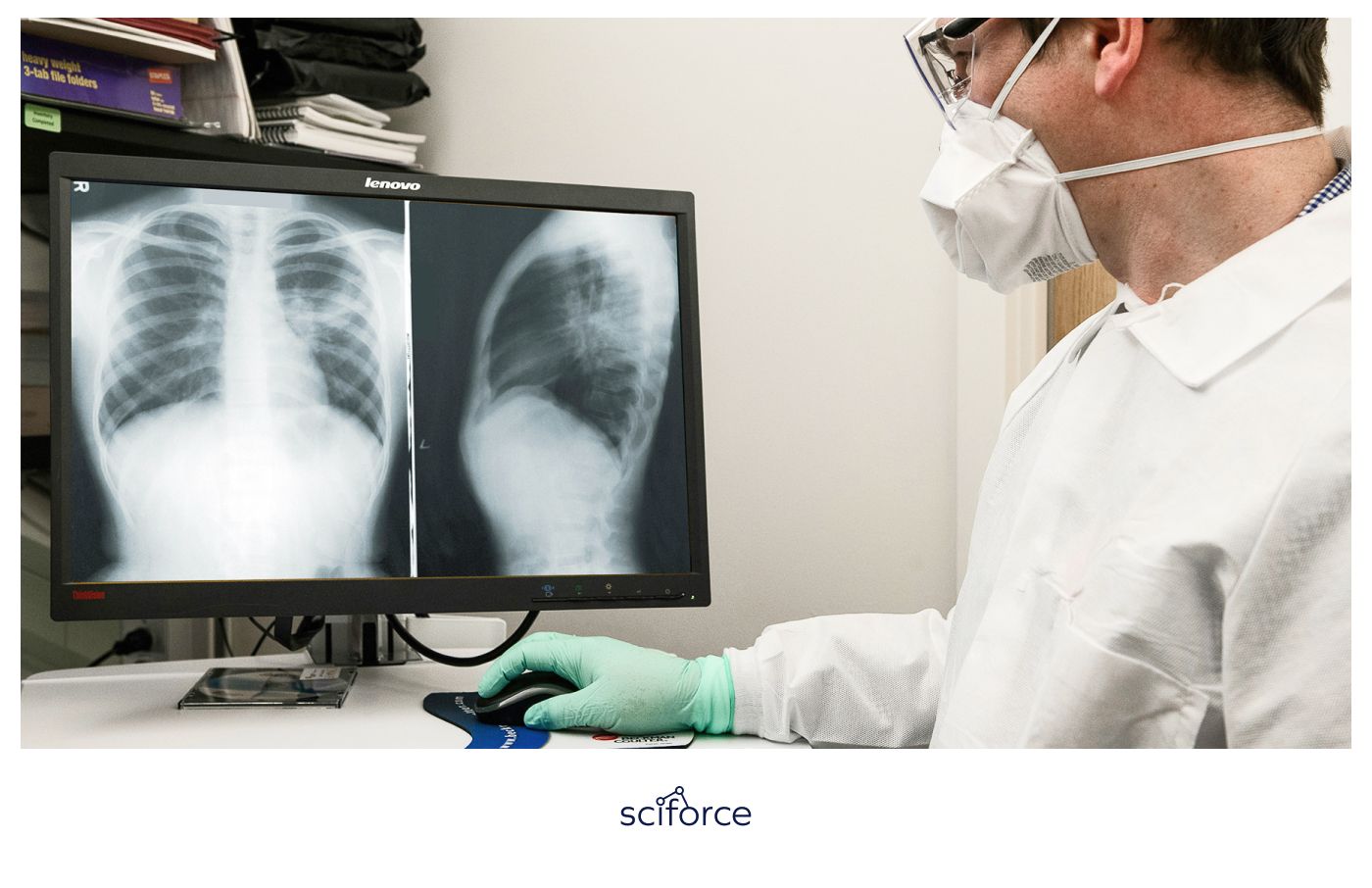
- Surgical Assistance Computer vision technology supports surgeons by using specialized cameras that deliver live, clear images during procedures. This helps surgeons see and work with greater precision, improving the safety and success of surgeries.
- Patient Monitoring Computer vision can be used for tracking health indicators and visual data, like wound healing or physical activity levels. It allows clinicians to assess patient health from afar, reducing the need for regular in-person visits.
- Training and Education Computer vision enhances medical training with realistic simulations and case study analysis. It provides an interactive learning environment, improving trainees' diagnostic and surgical skills.
A Deloitte survey reveals a strong trend towards adopting computer vision in manufacturing, with 58% of firms planning its implementation and 77% acknowledging its necessity for smarter, more efficient production.
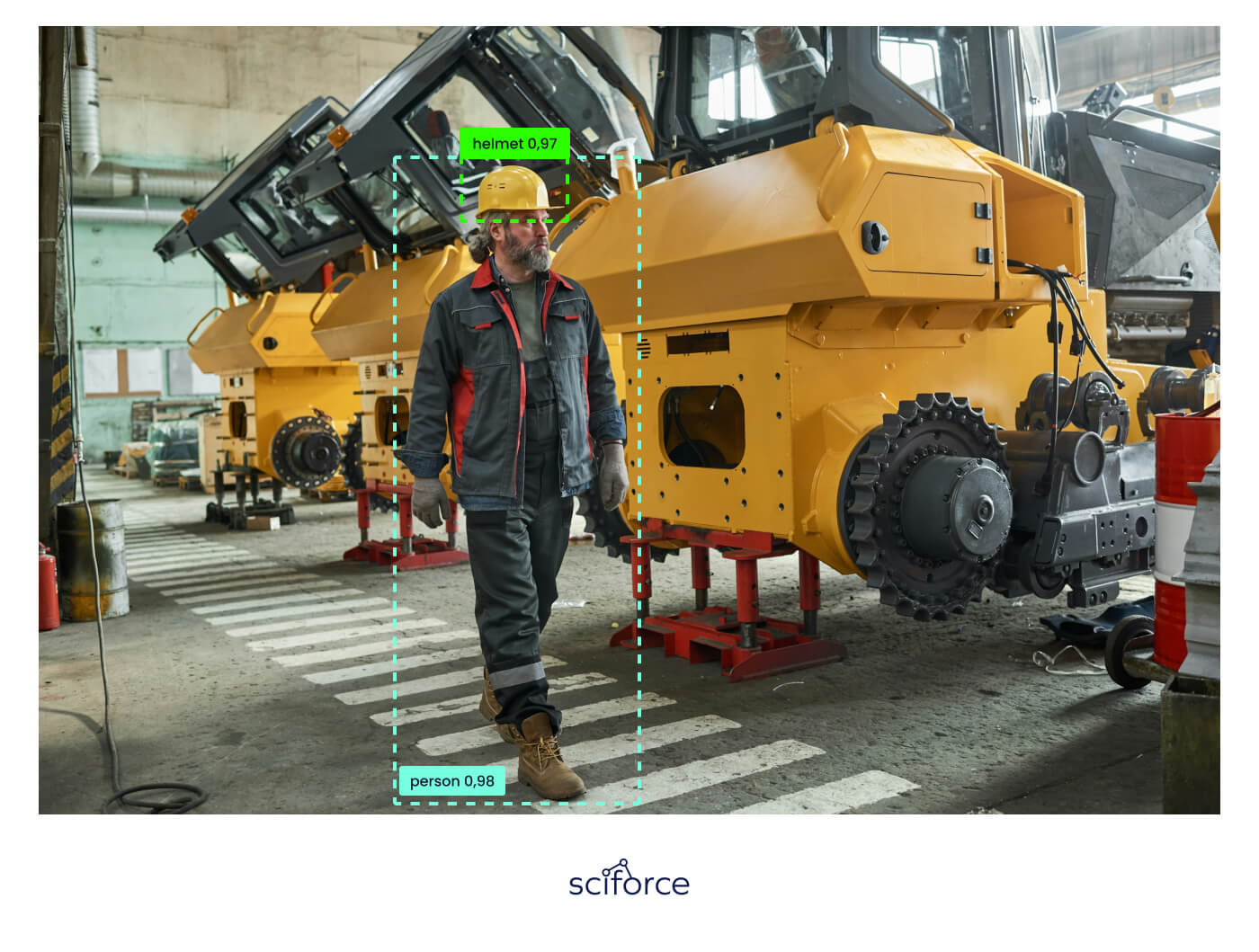
- Quality Control Computer vision systems can automate checking product quality by comparing them to set standards. These systems can find different flaws in one image, speeding up production by reducing manual inspections and increasing the quality of the final product.
- Process Optimization Manufacturers lose 323 hours to downtime annually, costing $172 million per plant. Computer vision offers real-time insights to tackle inefficiencies, optimizing processes and machine use.
- Predictive Maintenance In manufacturing, equipment often faces wear and tear from corrosion, risking damage and production stops. By detecting early signs and promptly alerting for maintenance, computer vision helps maintain uninterrupted operations.
- Inventory Management Manufacturers now use computer vision for warehouse management, inventory tracking, and organizational efficiency. Companies like Amazon and Walmart are using CV-based drones for real-time inventory checks, quickly identifying empty containers to facilitate streamlined restocking.
Agriculture, crucial for food production, is embracing digital innovation to tackle challenges such as climate change, labor shortages, and the impact of the pandemic. Technologies like computer vision are key to making farming more efficient, resilient, and sustainable, offering a path to overcome modern challenges.
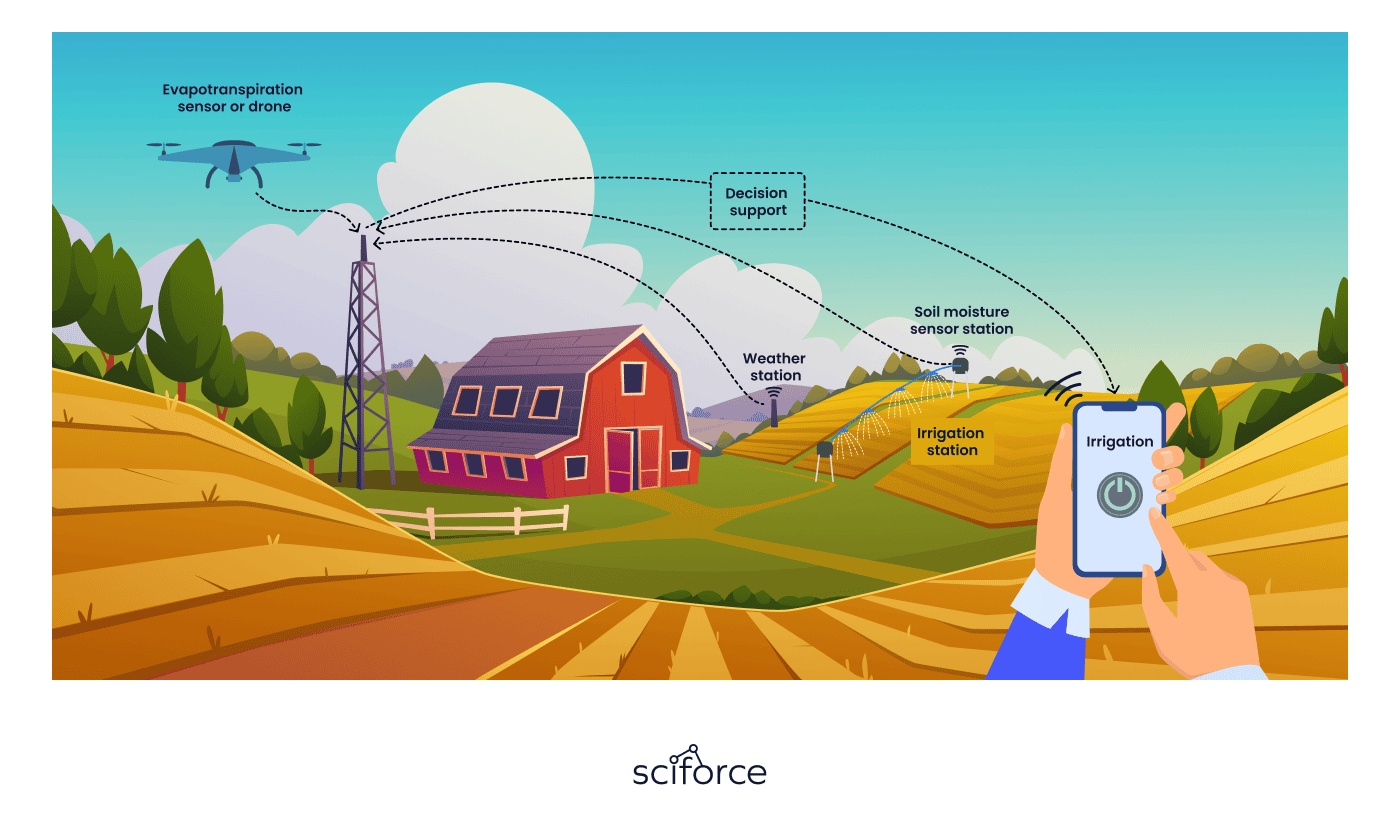
- Precision Farming By analyzing images from drones or satellites, farmers can closely monitor their crops' health and growth across vast areas. This detailed view helps catch problems like nutrient shortages, weeds, or insufficient water early, allowing for precise fixes.
- Sustainable Farming AI-driven computer vision detects weeds early, reducing herbicide use and labor. The technology also aids in water and soil conservation, identifying irrigation needs and preventing erosion.
- Yield Prediction Vital for large-scale farming, computer vision streamlines yield estimation, improving resource allocation and reducing waste. Using deep learning algorithms, it accurately counts crops in images despite challenges like occlusion and varying lighting.
Computer vision is changing how machines understand images, but it faces several challenges, including ensuring data quality, processing data quickly, the effort needed for labeling data, scaling, and addressing privacy and ethical issues. Addressing these challenges effectively will ensure computer vision's advancement aligns with both tech progress and human values.
Quality of Raw Material This addresses the clarity and condition of input images or videos, crucial for system accuracy. Specific challenges include poor lighting, obscured details, object variations, and cluttered backgrounds. Enhancing input quality is vital for the accuracy and reliability of computer vision systems:
- Enhanced Image Capture: Use high-quality cameras and adjust settings to optimize lighting, focus, and resolution.
- Preprocessing: Apply image preprocessing methods like normalization, denoising, and contrast adjustment to improve visual clarity.
- Data Augmentation: Increase dataset diversity through techniques like rotation, scaling, and flipping to make models more flexible
- Advanced Filtering: Use filters to remove background noise and isolate important features within the images.
- Manual Inspection: Continuously review and clean the dataset to remove irrelevant or low-quality images.
Real-Time Processing Real-time processing in computer vision requires powerful computing to quickly analyze videos or large image sets for immediate-action applications. This includes interpreting data instantly for tasks like autonomous driving, surveillance, and augmented reality, where delays can be critical. Minimizing latency and maximizing accuracy is critical for the need for a fast, accurate algorithm in live scenarios:
- Optimized Algorithms: Develop and use algorithms specifically designed for speed and efficiency in real-time analysis.
- Hardware Acceleration: Use GPUs and specialized processors to speed up data processing and analysis.
- Edge Computing: Process data on or near the device collecting it, reducing latency by minimizing data transmission distances.
- Parallel Processing: Implement simultaneous data processing to improve throughput and reduce response times.
- Model Simplification: Model Simplification: Streamline models to lower computational demands while maintaining accuracy.
Data Labeling Labeling images manually for computer vision demands significant time and labor, with the accuracy of these labels being critical for model reliability. The extensive volume creates a major bottleneck in advancing computer vision applications. Embracing automation and advanced methodologies in data labeling is key to creating effective datasets:
- Automated Labeling Tools: Use AI to auto-label images, reducing manual effort and increasing efficiency.
- Crowdsourcing: Use crowdsourced platforms to distribute labeling tasks among a large pool of workers.
- Semi-Supervised Learning: Minimize labeling by combining a few labeled examples with many unlabeled ones.
- Active Learning: Prioritize labeling of the most informative data that benefits model training, optimizing resource use.
- Quality Control Mechanisms: Establish robust quality control checks for accurate label verification, mixing automation with expert human review.
Scalability Scalability in computer vision faces challenges like adapting technologies to new areas, needing large amounts of data for model retraining, and customizing models for specific tasks.. To advance scalability across diverse industries, we need to focus on efficiency at each stage:
- Adaptable Models: Create models that can easily adjust to different tasks with minimal retraining.
- Transfer Learning: Use pre-trained models on new tasks to reduce the need for extensive data collection.
- Modular Systems: Design systems with interchangeable parts to easily customize for various applications.
- Data Collection: Focus on efficient ways to gather and label data needed for retraining models.
- Model Generalization: Work on improving models' ability to perform well across diverse data sets and environments.
Ethical and Privacy Concerns These issues highlight the need for careful handling of surveillance and facial recognition to safeguard privacy. Solving these challenges requires clear rules for data use, openness about technology applications, and legal support:
- Data Protection Policies: Establish strict guidelines for collecting, storing, and using visual data to ensure privacy.
- Transparency: communicate to users how their data is being used and for what purpose, fostering trust.
- Consent Mechanisms: Ensure that individuals provide informed consent before their data is captured or analyzed.
- Legal Frameworks: Create robust legal protections that define and enforce the ethical use of computer vision technologies.
- Public Dialogue: Involve the community in discussions about the deployment and implications of computer vision to address societal concerns and expectations.
Explore SciForce's expertise in computer vision, where we apply AI for enhanced efficiency, precision, and customer satisfaction in areas such as retail analytics, insurance, and agriculture.
Retail: EyeAI Space Analytics
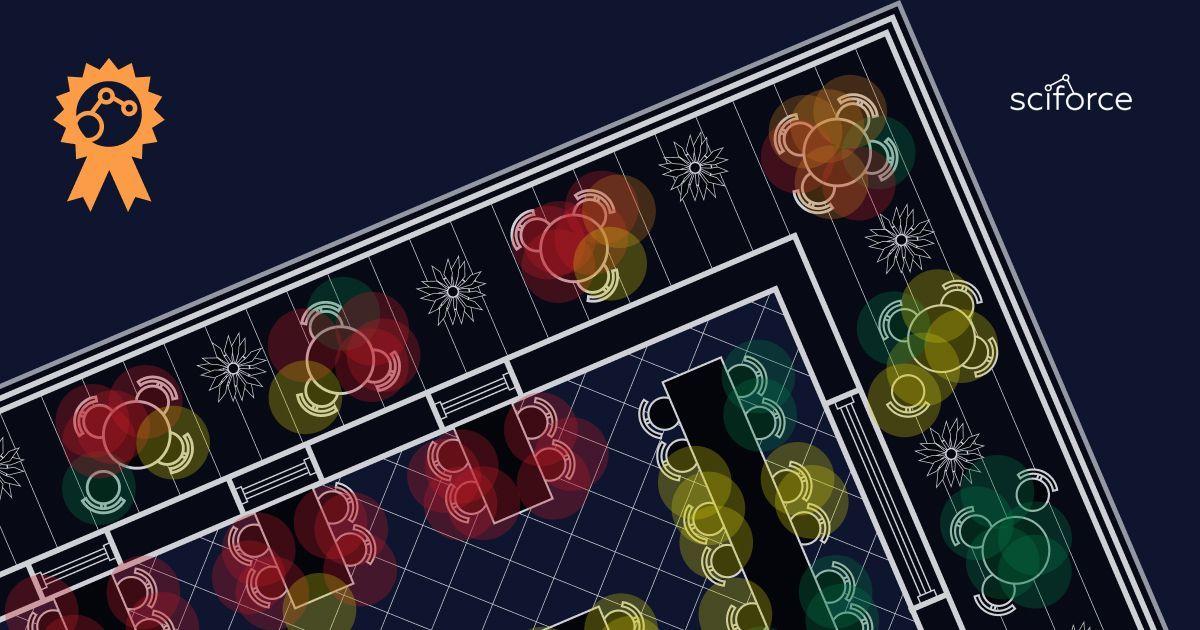
EyeAI is SciForce’s own product, leveraging CV to transform existing cameras into a smart space analytics system. It helps to get real-time visitor behavior insights, optimize space usage, and deliver personalized service in retail, healthcare, HoReCa, and public safety.
Using AI, EyeAI analyzes video data to help with space planning and queue management, making the whole process smoother without needing extra equipment. It includes the following advanced features:
- Visitor Identification & Analysis Identifying visitors’ shopping behavior, and real-time route monitoring to improve layout and offer personalized promotions.
- Space Usage Analytics Analyzing occupancy and facility usage data to ensure each square meter is used at its best. Delivering space optimization suggestions.
- Queue Management Detecting queue length, movement speed, and crowd size in waiting areas. Analyzing client processing in checkout areas.
It has been successfully used by a chain with over 80 supermarkets. The client faced challenges in managing their space effectively and keeping queues short, crucial for a good shopping experience. EyeAI turned their existing cameras into a smart system providing instant insights into visitor behavior. After adopting EyeAI, they saw better store organization and faster queues, leading to happier customers and more efficient operations.
InsurTech: Roof Top Damage Detection
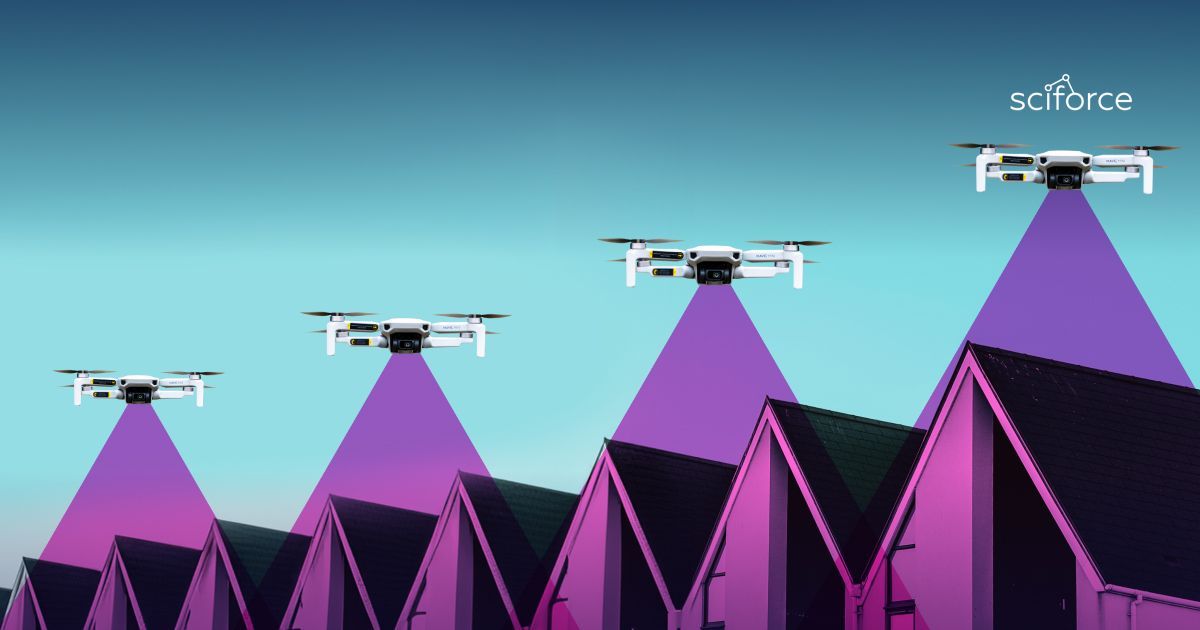
Our client is an insurance company that wants to improve customer service and streamline claims processing. The main challenge was to accurately assess roof damagefrom photos for efficient claims processing, requiring analysis of location, size, shape, and type of damage without installing new hardware.
We developed a system using advanced drone cameras and 3D imaging for precise evaluations from just two images. Utilizing algorithms like the 8-point algorithm and keypoint triangulation, our solution accurately maps damage and adjusts measurements to real-world dimensions, backed by a web service for easy image upload and damage annotation.
Key Features:
- Advanced Imaging It uses drone cameras and 3D models for precise evaluations of the extent, location, and nature of the damage by capturing and analyzing images from many angles.
- Damage Detection Employs Mask RCNN for identifying damaged areas and calculates their size by detecting precise boundaries.
- Efficient Processing Uses a REST API for seamless image uploads and the retrieval of detailed damage analysis, which include damage locations, dimensions, and other data.
The implementation streamlined roof damage assessments for insurers, offering a tech-driven approach to claims processing. It improved operational efficiency and customer satisfaction by providing fast, accurate damage evaluations, and setting a new industry standard for insurance claims handling.

Our client, a fintech startup at the intersection of finance and healthcare, specializes in managing insurance claims. The primary hurdle is the high rate of claim denials in the U.S. healthcare system, causing significant revenue loss and complex resolution process.
Our solution addresses these challenges by automating claim assessments and streamlining processing with AI integration, computer vision, and predictive analytics. Key components include the CodeTerm for processing and structuring claim data and the HealthClaim RejectionGuard for predicting claim outcomes, and enhancing processing efficiency.
Key Features:
- Automated Claim Assessment Automates claim evaluations, identifying potential denials early in the process for proactive management.
- AI-Integrated Processing Simplifies the complex claim processing workflow, reducing manual tasks, and freeing up staff time and resources.
- Predictive Analytics for Prevention Allows healthcare institutions to foresee possible claim denials and implement preventative measures, shifting from reactive to proactive claim management.
Our AI system makes processing more efficient by automating claims assessment and preventing denials. This leads to fewer rejections and better financial health for providers.
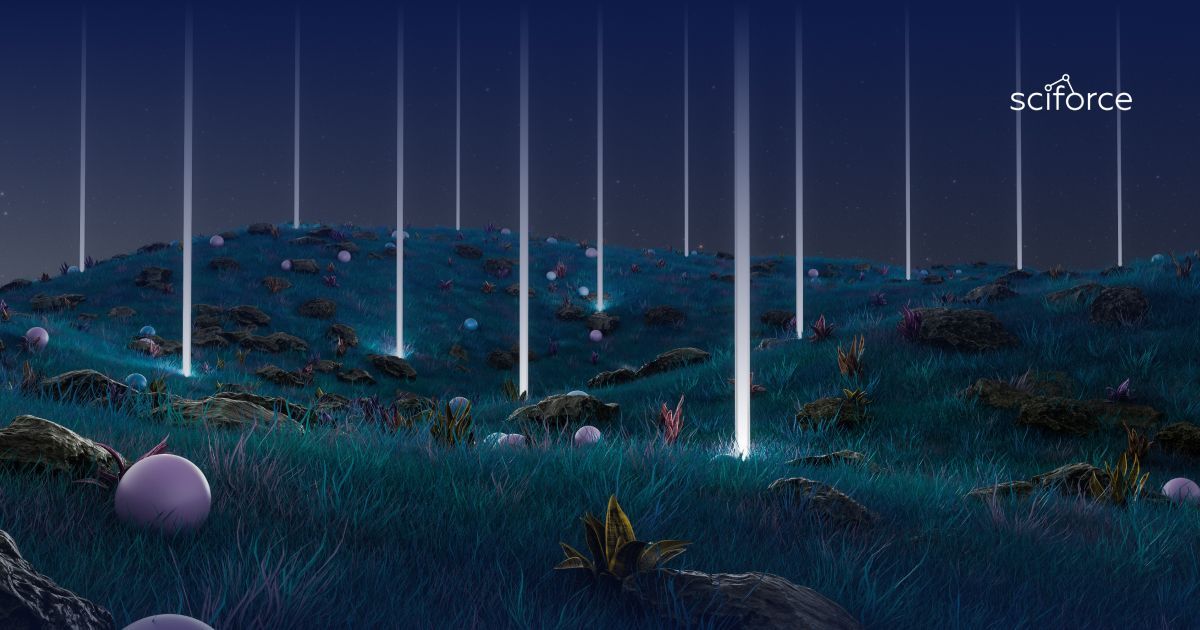
Our client is an agriculture innovation company, aiming to increase farming productivity along with minimizing carbon footprint. Traditional methods were inefficient and imprecise, creating a demand for a tech solution capable of providing detailed, real-time insights on crop conditions and their environmental effects.
We developed a system that analyzes satellite images to identify harvested sugar cane from fields and its sugar level. Using AI algorithms, our solution analyzes the crop's condition and expected output.
Key features:
- Satellite Imagery Analysis It uses high-resolution images from Sentinel2 and Planet satellites to monitor crop conditions across vast areas.
- Yield and Sugar Content Prediction Analyzes satellite imagery and agro indices to forecast crop yields and sugar content, enabling precise agricultural planning and management.
- Weather Data Integration Incorporates crucial weather parameters, such as precipitation and temperature, into models to refine predictions
Our solution allows for the accurate and early identification of crop health problems and pest attacks, enabling quick and specific responses. Although the accuracy of harvest time and yield predictions varied by region because of data limits, the overall improvement in work efficiency and sustainable farming methods was notable.

The shift from desktops to mobile devices has significantly changed content consumption, particularly boosting mobile video viewing. This trend has led to an increase in mobile video advertising, pushing advertisers to create shorter, yet engaging content suitable for various social platforms.
The project's goal was to create a system that automatically edits and adjusts videos to fit the requirements of social media platforms like Instagram, YouTube, and Facebook. We aimed to shorten 30-second TV commercials to make them briefer and more engaging for these platforms.
Key features:
- Quick Video Trimming Turns 30-second ads into short 6 to 10-second clips, using motion analysis to pick out the most significant scenes.
- Adaptive Resizing Adjusts videos to fit different social media, ensuring key details and visuals remain intact across all channels.
- Object and Text Detection Uses sophisticated techniques to identify and keep important content and text during resizing, tailored to each social platform's needs.
Our automated system simplifies video editing for mobile content, helping advertisers craft impactful ads more efficiently. It boosts ad relevance and viewer engagement, aligning with dynamic changes in digital advertising.
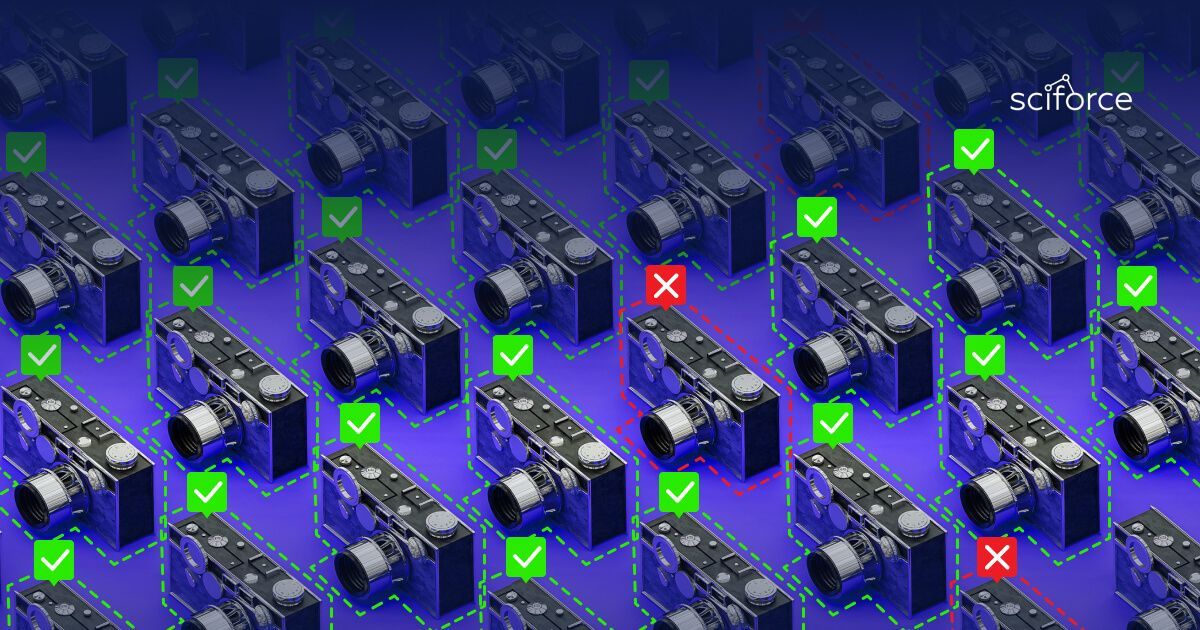
Our client is a manufacturer of advanced image-acquisition devices and analytical tools for image processing. We cooperated with their team to develop the model for anomaly detection on images.
The project aimed to improve how factories spot faulty parts without needing a person to inspect each one. Traditional manual checks took a lot of time and could cause defects. The client intended to automate this, speeding up inspections and catching more errors.
The solution was based on the PaDiM (Patch Distribution Modeling) algorithm that identified the defects by comparing the items with normal parts. Its great benefit is that it doesn’t require a big dataset and can work with 240 images. We were lucky to have more that had a positive effect on model training. Here is how it worked:
- Learning from the Good There was a dataset with pictures of items without any defects. It acted as a basis for further model training.
- Checking for Distribution Differences The model then examined new images of details by comparing their feature distributions with the distribution learned from normal data during training.
- Finding Faults If the system saw a big enough difference from the normal patches, it flagged the part as potentially defective.
Introducing Computer Vision for the detail inspection process helped to speed it up and improve the efficiency and accuracy of defect detection, compared with human inspectors.
Computer vision's impact on digital transformation is undeniable. Adopting smart systems of analyzing visual information, we drive forward plenty of industries, from more early and precise disease detection to strict quality control in manufacturing and environmental-friendly farming.
SciForce has rich experience in introducing CV solutions to businesses in different areas. Contact us to explore new opportunities for your business.